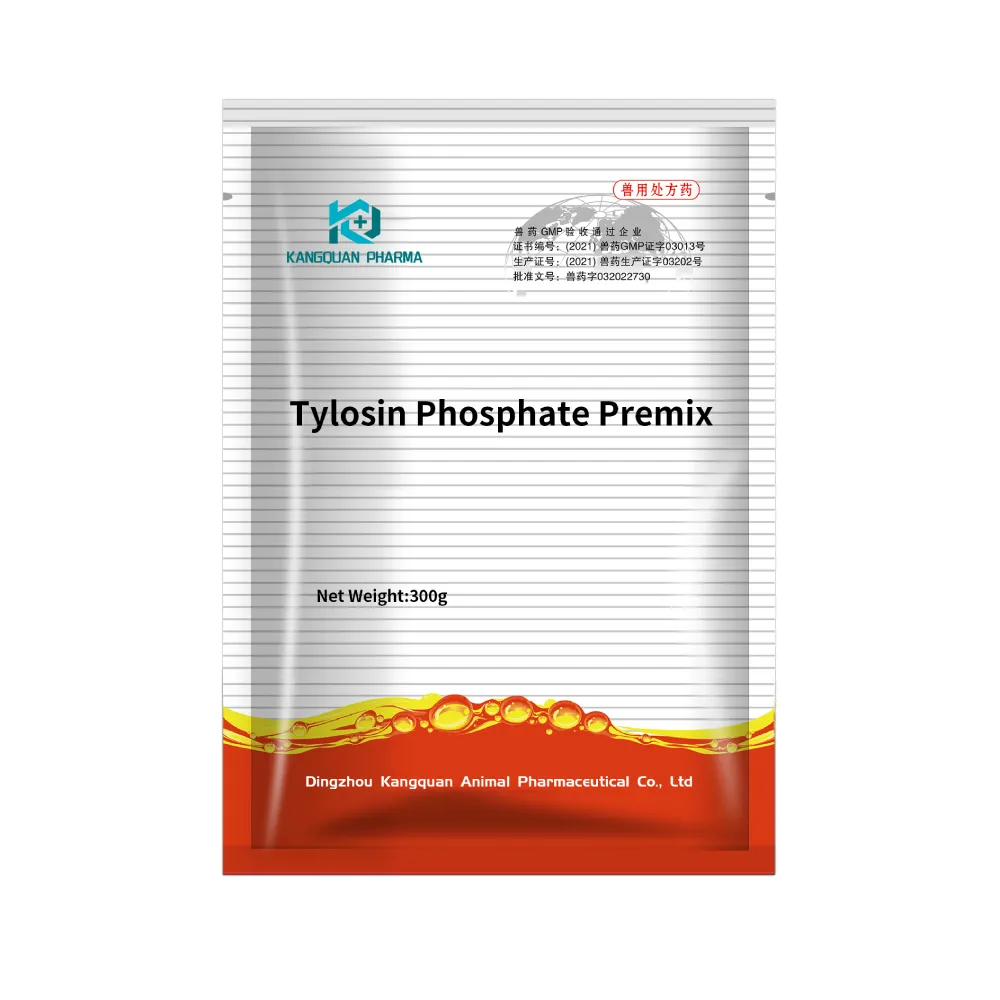- Afrikaans
- Albanian
- Amharic
- Arabic
- Armenian
- Azerbaijani
- Basque
- Belarusian
- Bengali
- Bosnian
- Bulgarian
- Catalan
- Cebuano
- Corsican
- Croatian
- Czech
- Danish
- Dutch
- English
- Esperanto
- Estonian
- Finnish
- French
- Frisian
- Galician
- Georgian
- German
- Greek
- Gujarati
- Haitian Creole
- hausa
- hawaiian
- Hebrew
- Hindi
- Miao
- Hungarian
- Icelandic
- igbo
- Indonesian
- irish
- Italian
- Japanese
- Javanese
- Kannada
- kazakh
- Khmer
- Rwandese
- Korean
- Kurdish
- Kyrgyz
- Lao
- Latin
- Latvian
- Lithuanian
- Luxembourgish
- Macedonian
- Malgashi
- Malay
- Malayalam
- Maltese
- Maori
- Marathi
- Mongolian
- Myanmar
- Nepali
- Norwegian
- Norwegian
- Occitan
- Pashto
- Persian
- Polish
- Portuguese
- Punjabi
- Romanian
- Russian
- Samoan
- Scottish Gaelic
- Serbian
- Sesotho
- Shona
- Sindhi
- Sinhala
- Slovak
- Slovenian
- Somali
- Spanish
- Sundanese
- Swahili
- Swedish
- Tagalog
- Tajik
- Tamil
- Tatar
- Telugu
- Thai
- Turkish
- Turkmen
- Ukrainian
- Urdu
- Uighur
- Uzbek
- Vietnamese
- Welsh
- Bantu
- Yiddish
- Yoruba
- Zulu
Nën . 09, 2024 01:28 Back to list
Gentamicin Sulfate Exploring Its Applications and Benefits in Medical Treatments
Understanding Gentamicin as Sulfate An Overview
Gentamicin is an aminoglycoside antibiotic that is widely used in clinical settings for the treatment of various bacterial infections. Its sulfate form, gentamicin sulfate, is particularly important due to its improved solubility and stability, which facilitates its use in medical formulations. This article aims to provide an overview of gentamicin sulfate, its mechanism of action, clinical applications, side effects, and safety considerations.
Mechanism of Action
Gentamicin operates by inhibiting bacterial protein synthesis. It binds to the 30S ribosomal subunit, causing misreading of mRNA and subsequent production of nonfunctional or toxic proteins. This mechanism leads to bactericidal effects, making gentamicin effective against a wide range of Gram-negative and some Gram-positive bacteria. The sulfate addition enhances the compound's solubility in water, which is crucial for intravenous administration and for use in sterile eye and ear preparations.
Clinical Applications
Gentamicin sulfate is primarily used to treat serious infections caused by susceptible microorganisms. It is particularly effective against severe Gram-negative infections, including those caused by Escherichia coli, Pseudomonas aeruginosa, and Klebsiella pneumoniae. The drug is commonly administered in cases of sepsis, urinary tract infections, and respiratory infections. Additionally, it can be used for prophylaxis in patients undergoing certain surgical procedures where the risk of infection is heightened.
Moreover, gentamicin sulfate is employed topically in the form of ointments or eye drops for treating localized infections. Its efficacy in treating infections related to skin, eyes, and ears further broadens its therapeutic applications.
Side Effects
gentamicin as sulfate

While gentamicin sulfate is a potent antibiotic, it is essential to be aware of its potential side effects. The most significant risks include nephrotoxicity and ototoxicity. Nephrotoxicity can manifest through increased serum creatinine levels and reduced kidney function, thus necessitating regular monitoring of renal parameters in patients receiving the drug, particularly in those with preexisting renal impairment.
Ototoxicity, or damage to the inner ear, can lead to hearing loss or balance disorders. This side effect is more prevalent in patients receiving high doses or prolonged treatment regimens. Therefore, it is recommended to reserve gentamicin for situations where the potential benefits outweigh the risks, and the duration of therapy should be minimized whenever possible.
Safety Considerations
Before administering gentamicin sulfate, clinicians should review the patient's medical history and current medications to avoid potential drug interactions. Dosage adjustments may be necessary for patients with compromised renal function or those receiving concurrent nephrotoxic agents.
In pediatric populations, careful consideration of dosages is crucial as children may have different pharmacokinetics and sensitivity to side effects. Furthermore, individuals who are pregnant or breastfeeding should use gentamicin sulfate only if the benefits justify the potential risks to the fetus or infant.
Monitoring therapeutic drug levels is essential, particularly for patients on prolonged courses or those with potential risk factors for toxicity. Therapeutic drug monitoring can help optimize dosing and mitigate the risk of adverse effects.
Conclusion
Gentamicin sulfate is a valuable antibiotic that plays a critical role in managing serious bacterial infections. Its unique mechanism of action and broad-spectrum activity make it an important resource in modern medicine. However, the potential for significant side effects, particularly nephrotoxicity and ototoxicity, necessitates careful use and monitoring. Understanding the benefits and risks associated with gentamicin sulfate can aid healthcare providers in making informed decisions, ensuring effective, safe, and appropriate antibiotic therapy for their patients. As antibiotic resistance continues to challenge public health, the responsible use of gentamicin sulfate remains vital in the fight against bacterial infections.
-
Guide to Oxytetracycline Injection
NewsMar.27,2025
-
Guide to Colistin Sulphate
NewsMar.27,2025
-
Gentamicin Sulfate: Uses, Price, And Key Information
NewsMar.27,2025
-
Enrofloxacin Injection: Uses, Price, And Supplier Information
NewsMar.27,2025
-
Dexamethasone Sodium Phosphate Injection: Uses, Price, And Key Information
NewsMar.27,2025
-
Albendazole Tablet: Uses, Dosage, Cost, And Key Information
NewsMar.27,2025













